Author: Sabine Harvey
-
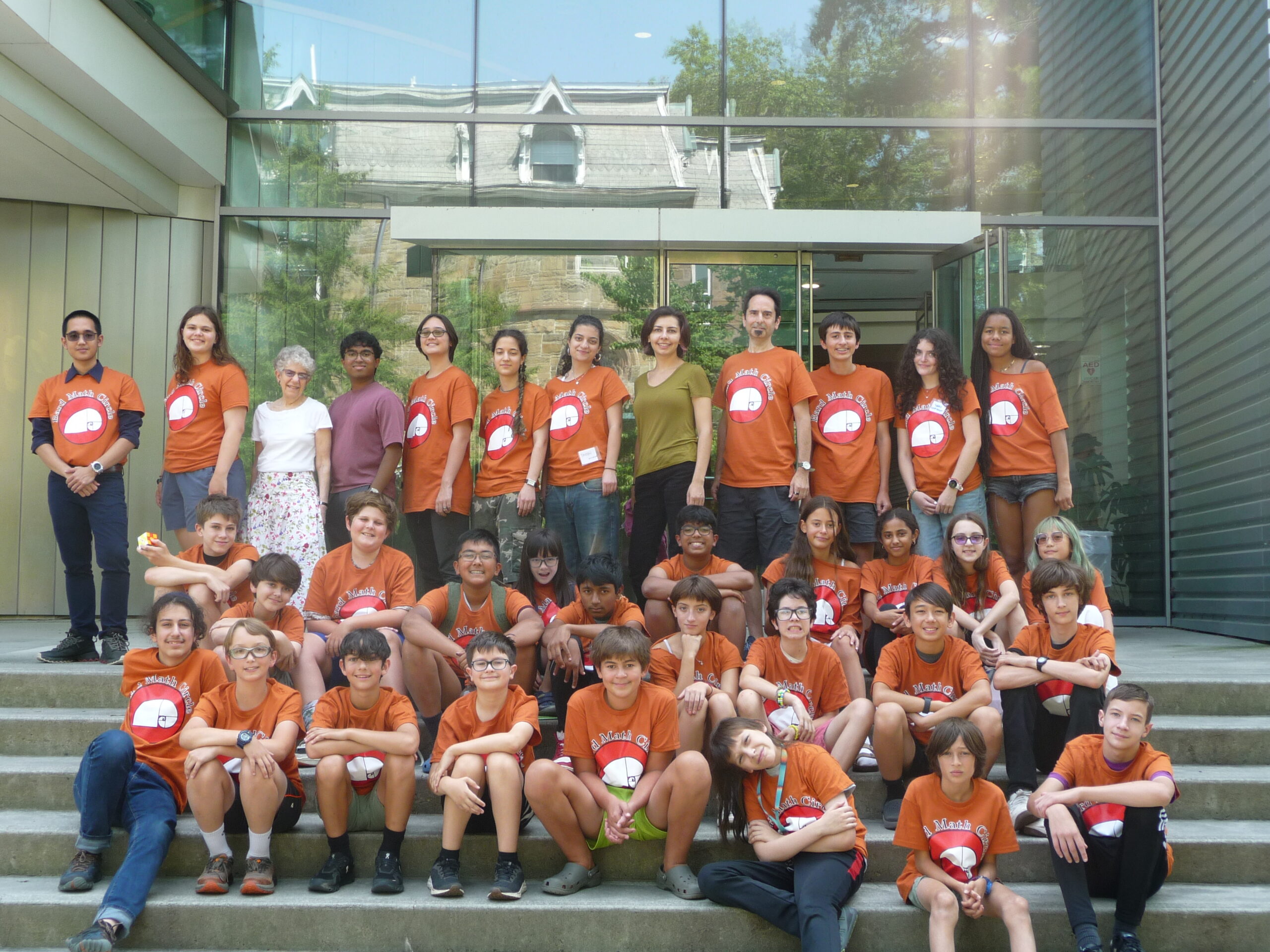
CAMP 2025 Day 5
We have officially reached the end of Bard Math CAMP 2025! This week has really flown by, occupied by great fun as well as great math. Students enter the lobby and make their way to morning activities to pass time as they wait for their last math class of the week. The Sine group starts…
-
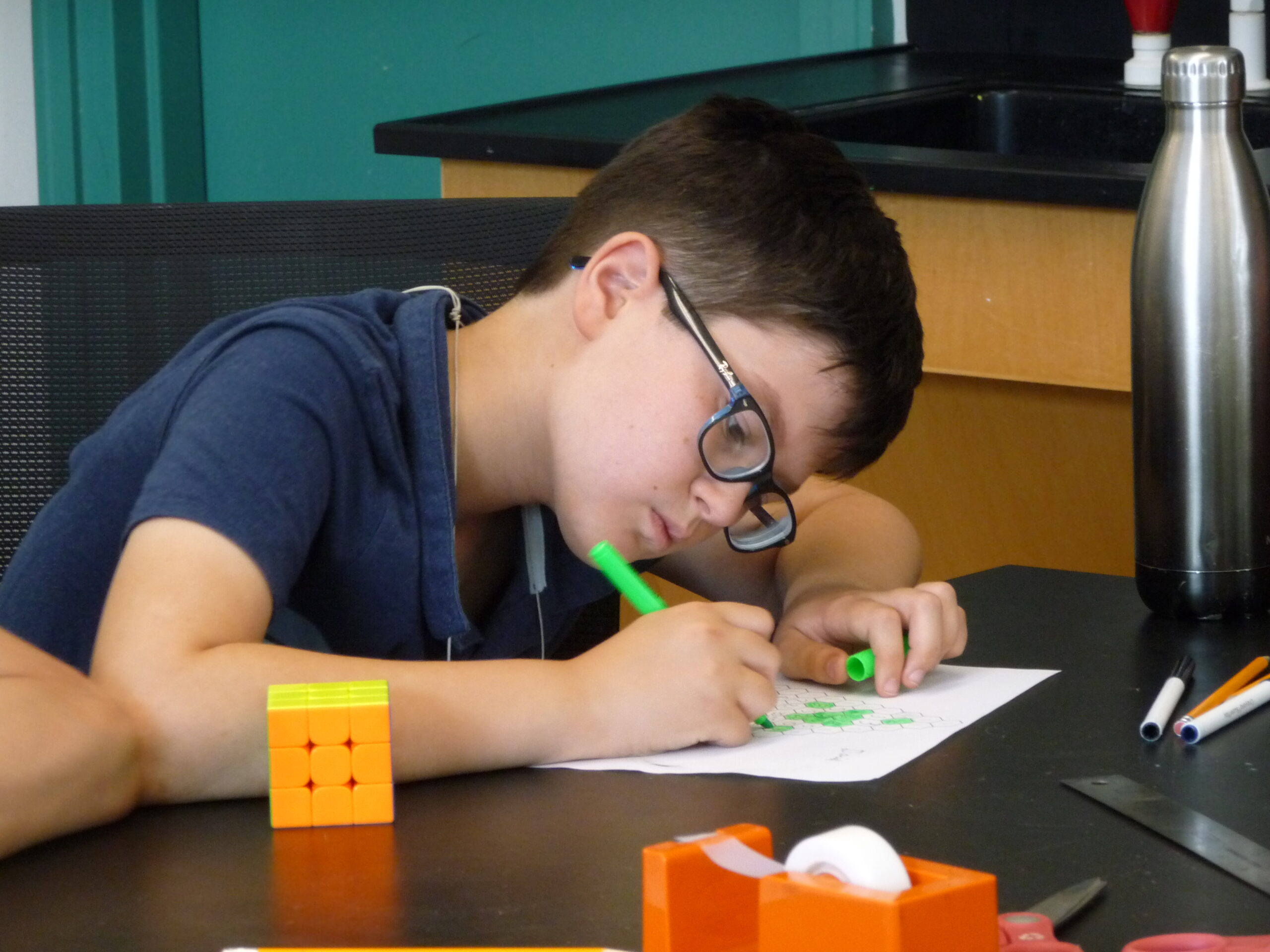
CAMP 2025 Day 4
Happy Thursday! We are slowly nearing the end of the week, but that just means that CAMPers are beginning to dive even further into what they have been working on. Despite some gloomy weather, the lobby still fills with smiles as CAMPers sign up for an elective of their choice and make their way to…
-
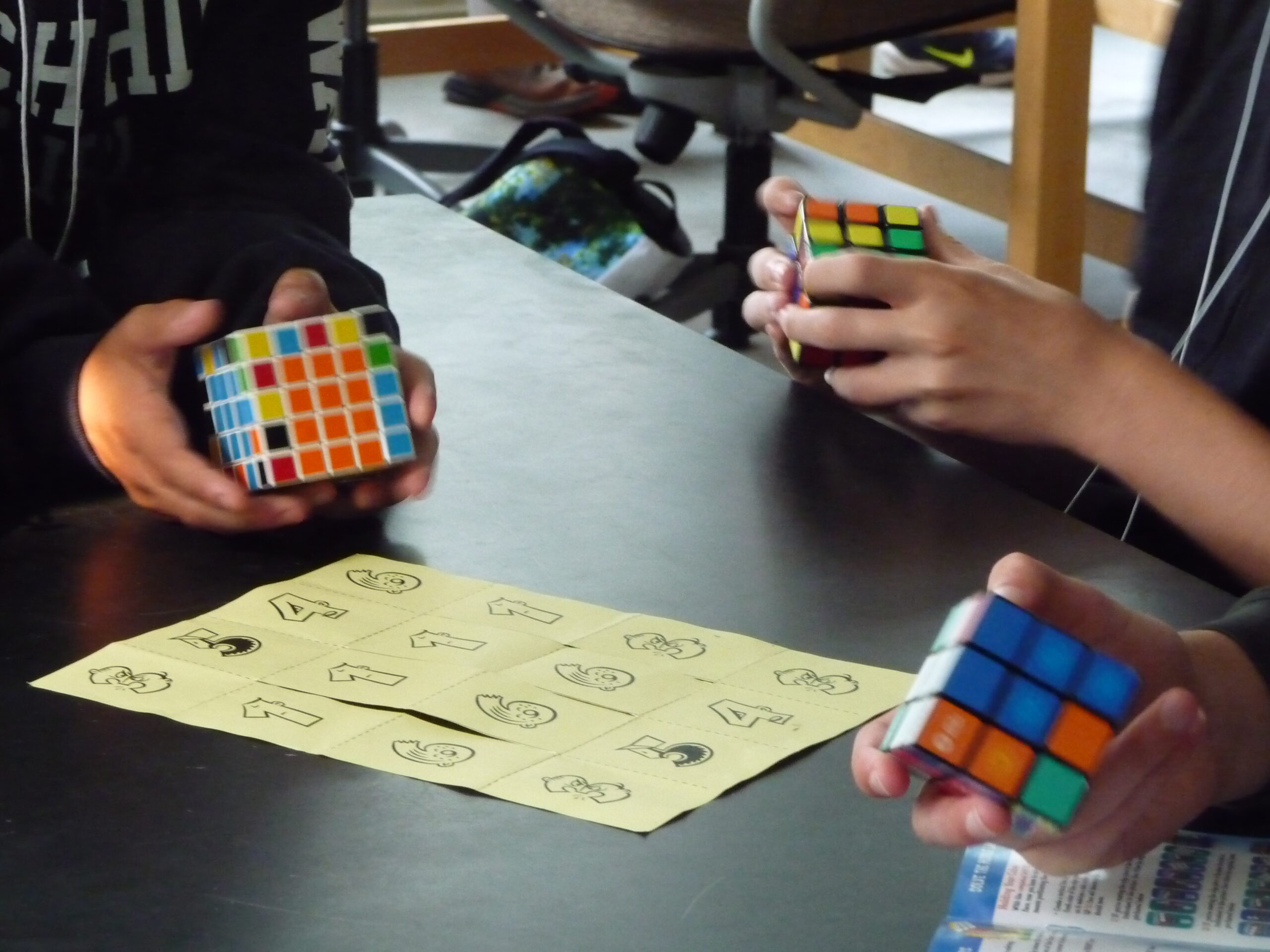
CAMP 2025 Day 3
Today marks the midpoint of our favorite week! As CAMPers arrive, they sign up for an elective and make their way to the art classroom to enjoy some games and puzzles, waking up their brains before heading to the first class of the day. The Sine group continues their work on combinatorics. Previously, CAMPers had…
-
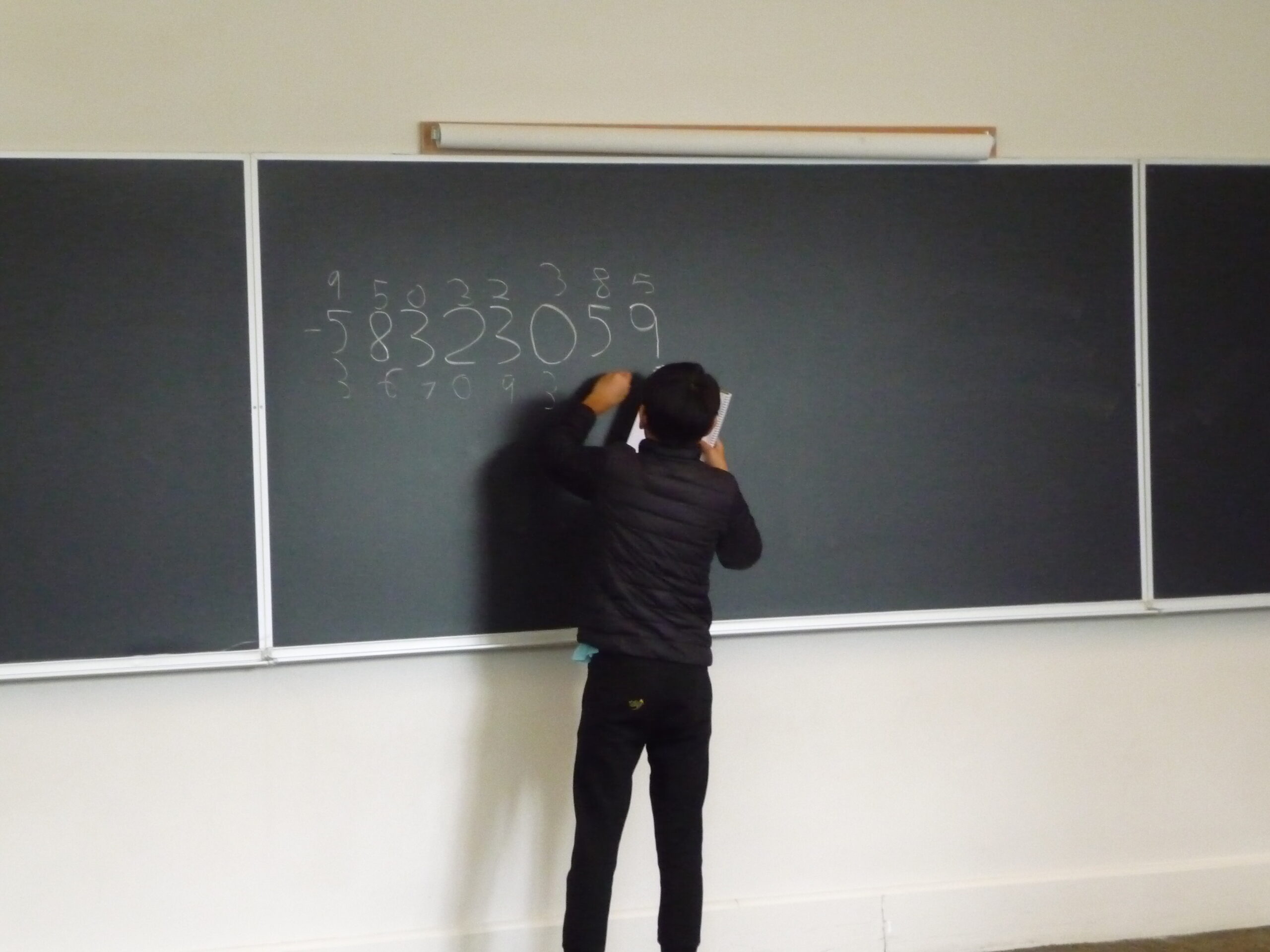
CAMP 2025 Day 2
CAMP Day 2 has commenced! As CAMPers return to the lobby, their smiles even bigger this morning, they grab their name tags, choose from one of the offered electives for the day, and head to the art room to wait for their first class to begin. The art classroom is much louder this morning as…
-
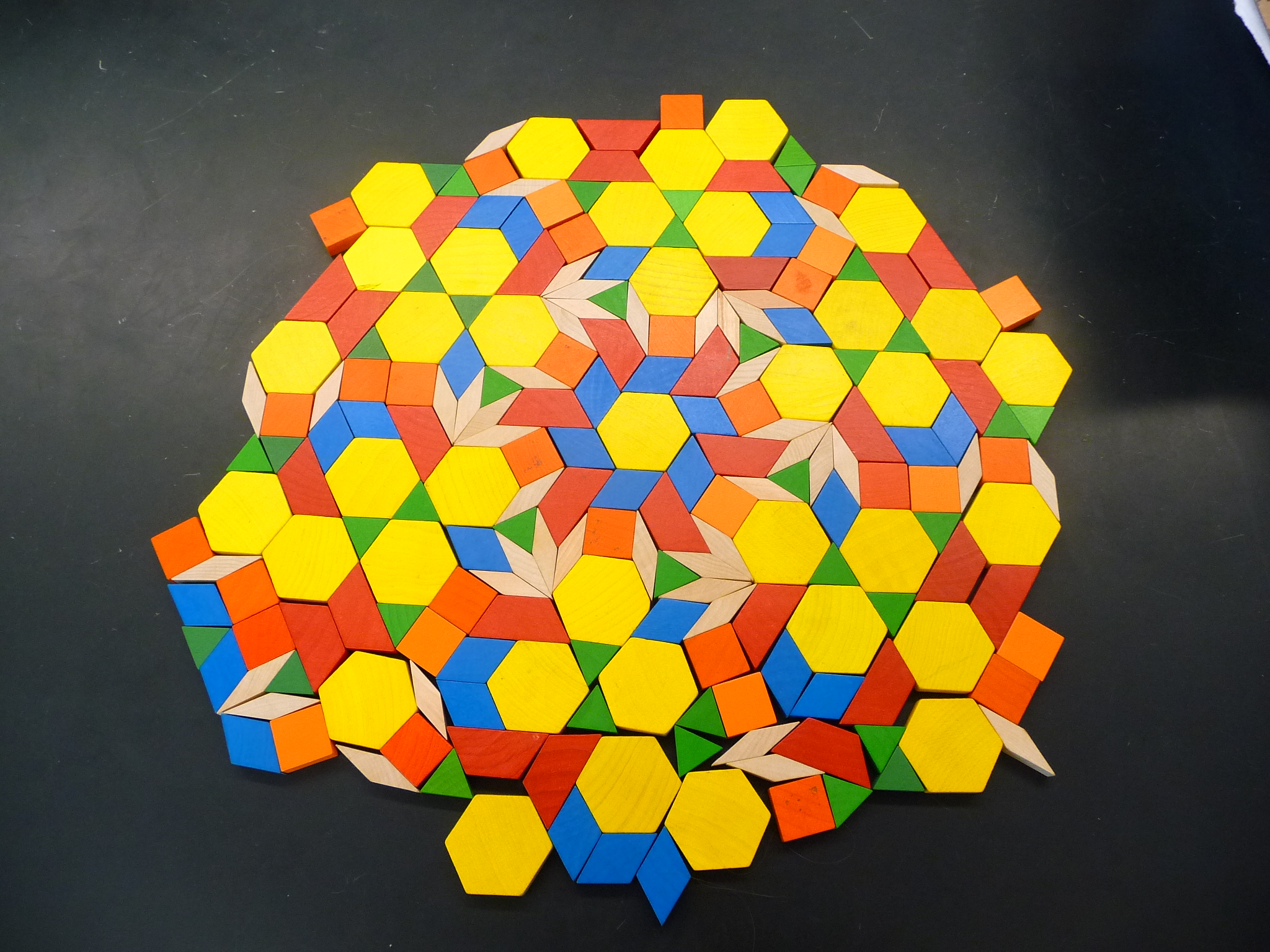
CAMP 2025 Day 1
A warm welcome to all parents and CAMPers returning and new. This morning is the beginning of the week we all look forward to- Bard Math CAMP! Nervous excitement fills the lobby as CAMPers arrive. They are first given the choice of which thrilling elective they would like to participate in later on in the…
